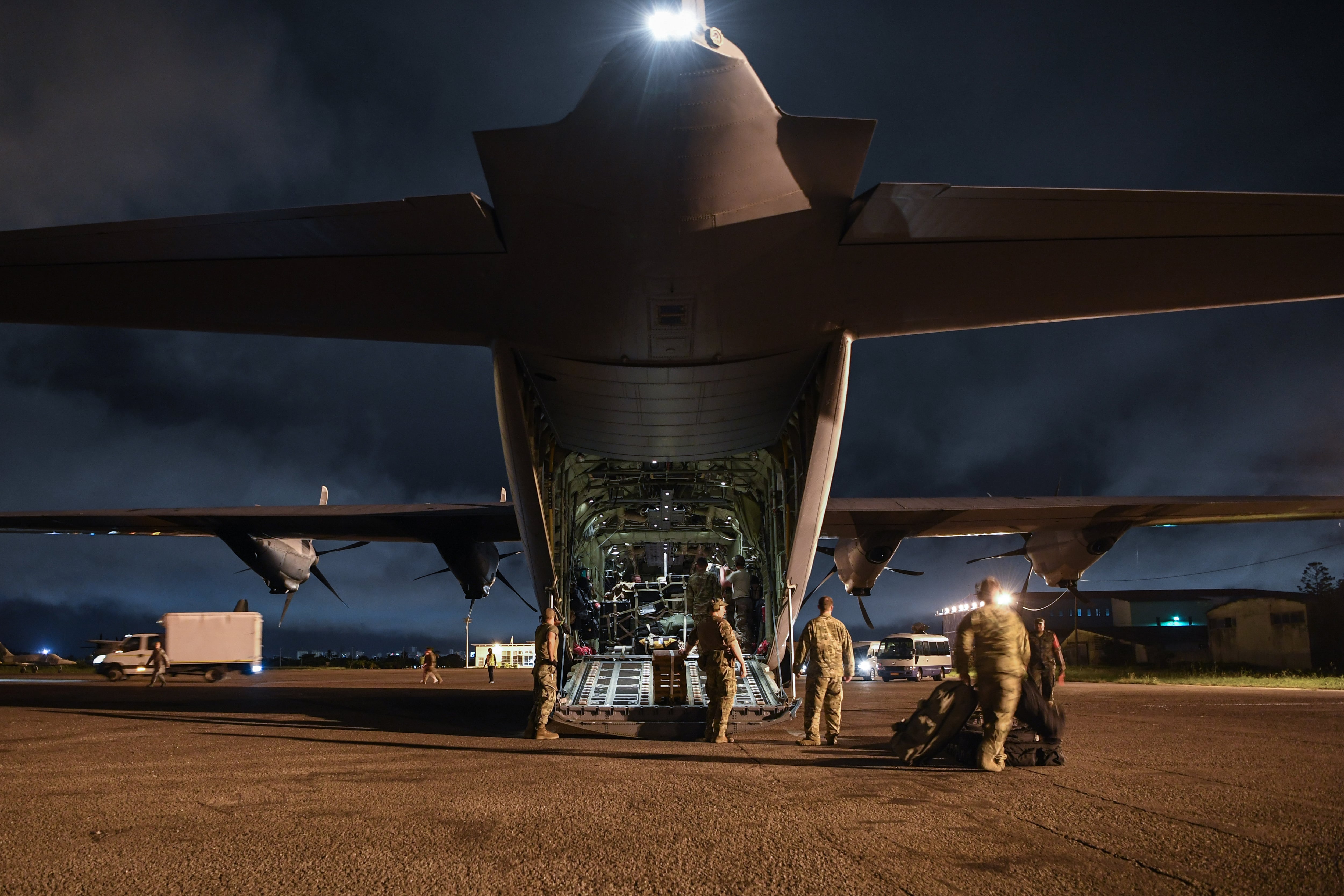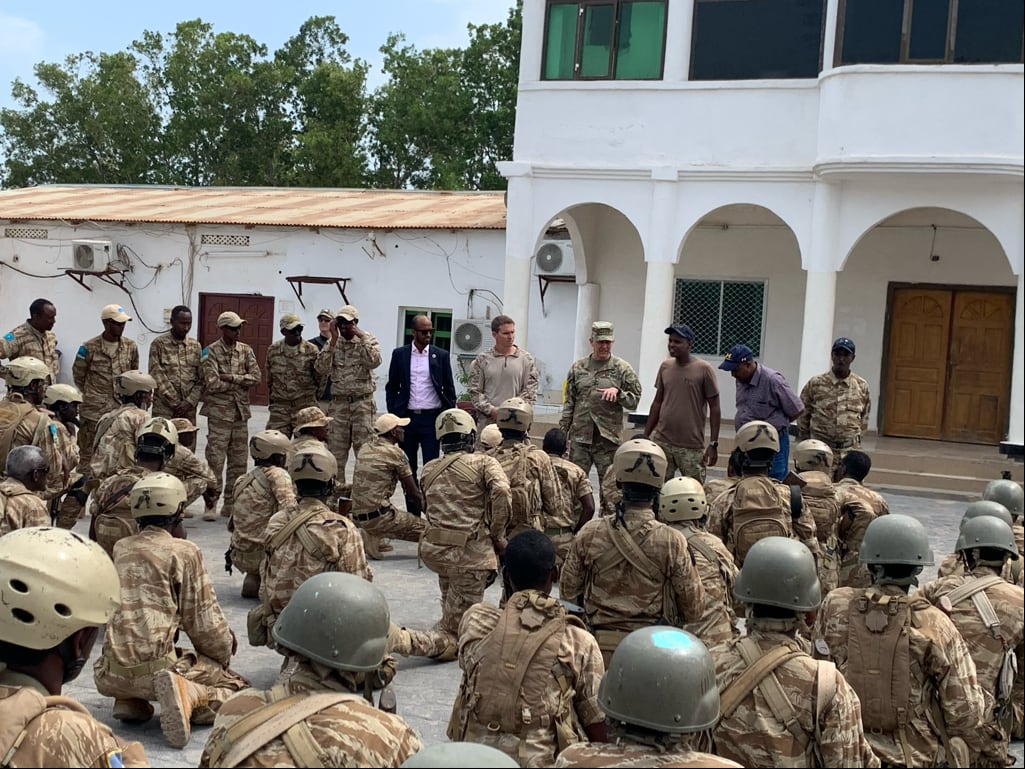Six months after former President Donald Trump abruptly pulled troops out of Somalia, the new administration is discussing whether to send them back in.
The head of U.S. Africa Command has been sharing his opinions with the Pentagon’s top civilian leadership, he said Tuesday.
“I think we’ll keep those options right where they should be, in private communications with the secretary of defense, so our civilian leaders have the opportunity to make their decisions,” Army Gen. Stephen Townsend said during the European Union Defense Washington Forum.
But, he added, it’s a lot hard to train, advise and assist Somalian forces from afar.
“I would say, though, that there’s really no denying our repositioning — fairly sudden repositioning — out of Somalia earlier this year has introduced new layers of risk and complexity to our mission there,” Townsend said.
About 700 troops had been deployed to Somalia, supporting their military in a decades-long power struggle with al-Shabab, the biggest and most well-funded arm of al-Qaida in the world.
The idea has been, since the Bush administration first authorized airstrikes in the country in 2007, that keeping things under control in Somalia would protect the American homeland.
Trump saw it differently, as another front in the “forever wars” he tried to end during his term in office. Notably, pulling boots off the ground in Somalia only diminished American’s physical engagement in the country.
With a rotation of troops in and out of neighboring Kenya, as well as consistent communication with AFRICOM headquarters in Germany, train-advise-assist continued on a mostly virtual basis, with intermittent trips down for in-person meetings and training. Airstrikes on al-Shabab strongholds also continued.
RELATED

“Right now, we’re commuting back and forth to work,” Townsend said.
Which isn’t to say that the mission has become untenable, AFRICOM’s senior enlisted leader told Military Times April.
“So I mean, it’s obvious ― you can figure out that it does reduce a little bit of your nimbleness,” Marine Command Sgt. Maj. Richard Thresher said. “So you just rely better on indications and warnings, and use those types of things to best plan for what types of patrols or whatever you’re going to do. You’ve got to plan better, and earlier, and more often. And a lot of that’s dependent upon intelligence.”
But with Defense Secretary Lloyd Austin launching another global posture review, the results of which are expected later this summer, there’s ample opportunity to make the case that being in Somalia makes more sense than trying to do the same mission remotely.
For his part, Townsend said, he really prefers face-to-face, shoulder-to-shoulder engagement with partners.
“We have limited opportunities to do that when we fly in and fly out for training,” he said.
Meghann Myers is the Pentagon bureau chief at Military Times. She covers operations, policy, personnel, leadership and other issues affecting service members.




